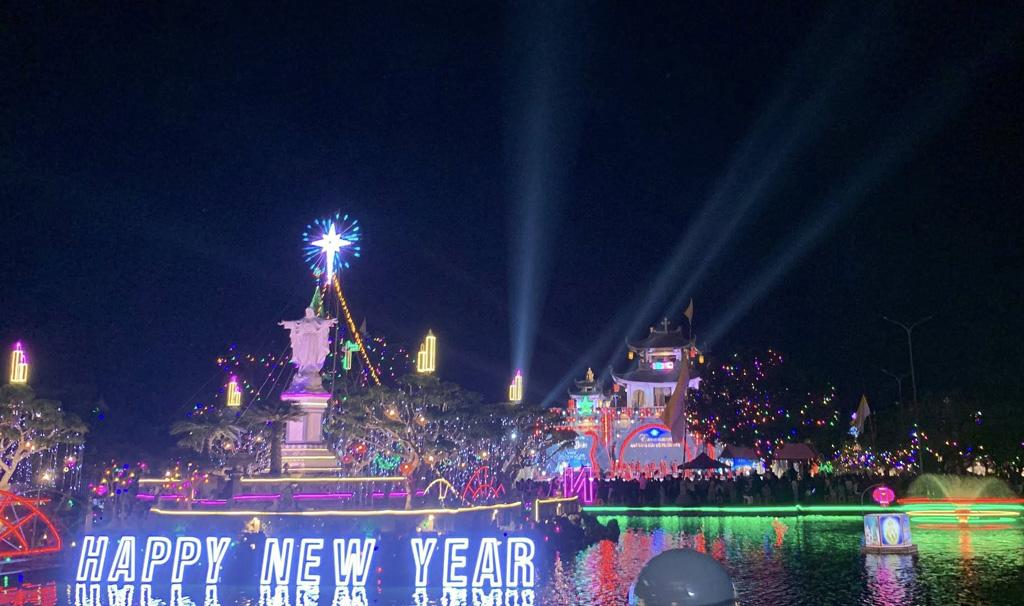Green tourism is no longer an option but a mandatory requirement for those who want to succeed in the international market, said Vietnam Tourism Association (VITA) Chairman Vu The Binh.
Recently, a seminar was held to discuss elevating the Green Tourism Criteria (VITA Green) as an internationally recognised brand. Binh noted that mid- and high-end travellers increasingly prioritise nature-friendly, low-carbon, and culturally respectful experiences. To compete, Vietnam must develop a green tourism label that meets global standards and stands as a transparent commitment to the international community, Binh stated.
Since 2018, VITA has launched initiatives such as a campaign to reduce plastic waste and, in 2019, a set of green tourism criteria. About 30 businesses have so far been certified with the VITA Green label, with a target of 100 by the end of this year. However, Binh emphasised that the greater challenge lies in gaining international recognition and trust for the brand.
Phung Quang Thang, Chairman of the green tourism sub-association, said elevating VITA Green focuses on standardising identity and criteria in line with international benchmarks. The logo, slogan, and guidelines will be available in Vietnamese and English before expanding to other languages. The criteria will align with global standards such as Global Sustainable Tourism Council (GSTC), Travelife, and Green Key, ensuring compatibility and enabling certified businesses to join international tourism supply chains.
For a brand to be effective in “international trading”, Ha Thi Dieu Vien, General Director of Silk Sense Hoi An River Resort, a 5-star resort in former Quang Nam province (now part of Da Nang city), said that besides transparency standards, businesses must be connected to a system of partners, distributors, and global service booking platforms. She compared VITA Green to a “national birth certificate”, and Travelife to an “integration passport”. “With both, businesses are attached to Vietnamese brands and open the door to the world”, Vien affirmed.
A representative of LuxGroup JSC noted that 75% of global travellers want more sustainable experiences in the next 12 months. Having obtained the rigorous Travelife Certified label with more than 200 criteria, the company emphasised that VITA Green must firmly combat “greenwashing,” ensure measurable and transparent standards, and make a “green culture” a core business identity.
Building a distinctive brand
Tran Gia Ngoc Phuong, Deputy General Director of Furama Ariyana Danang, emphasised that with over 400 eco-labels globally, VITA Green must create a unique and inspiring brand story.
Younger generations are willing to pay more for responsible experiences, she said, elaborating that this is an opportunity for VITA Green to become a symbol of sustainable tourism, blending nature conservation, culture, and community development. Furama Ariyana Danang has pioneered initiatives such as sourcing produce from upland farmers, incorporating local ingredients into cuisine, training staff to international standards, and linking with global social-environmental programmes. She emphasised that sustainable practices enhance competitiveness and reinforce social responsibility, which is the core of VITA Green.
According to VITA’s roadmap, from 2025-2026, the focus will be on intellectual property protection and data standardisation; from 2026-2028, on promoting the brand globally through forums and events; and from 2028-2030, on deepening development, policy advocacy, and academic foundations for green tourism.
VITA Green will not only be a certification but a genuine green passport for Vietnamese tourism enterprises, Thang affirmed, adding that it aims for an integrated green tourism ecosystem that is globally connected yet distinctly Vietnamese.
